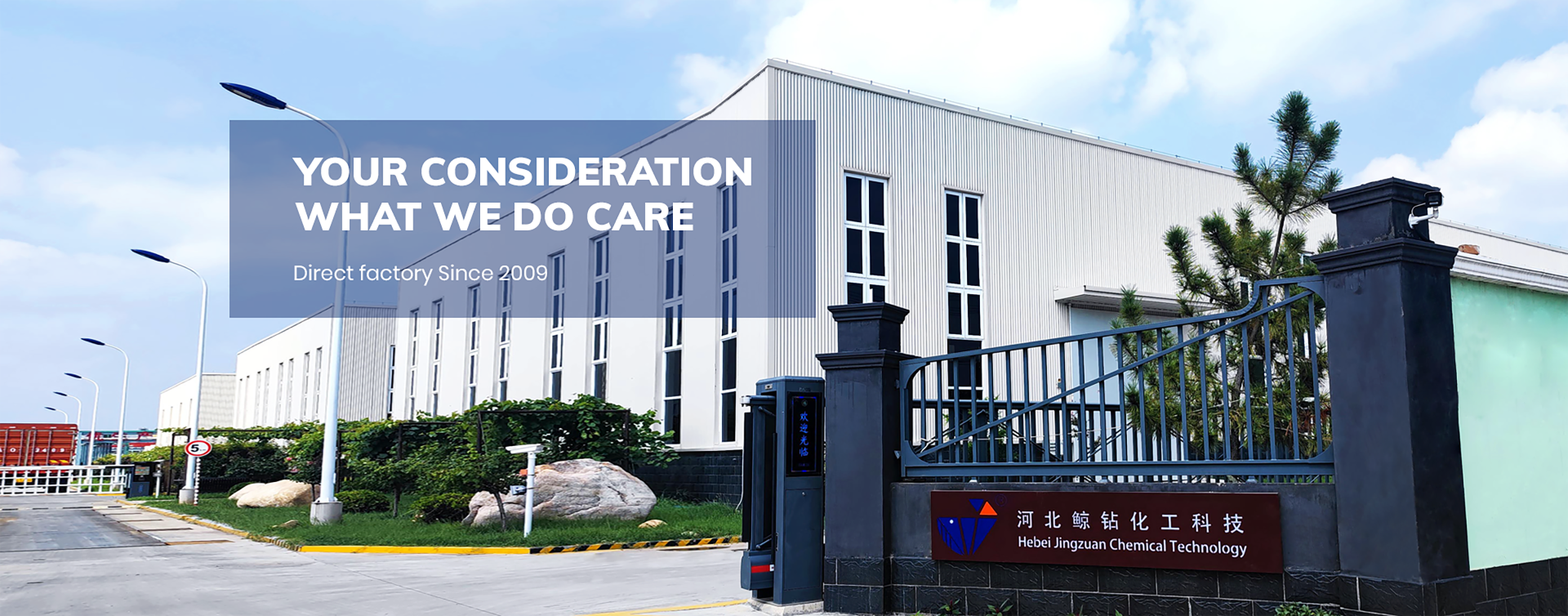
Nov . 04, 2024 20:21 Back to list
how to dissolve hpmc in water
How to Dissolve HPMC in Water A Guide
Hydroxypropyl Methylcellulose (HPMC) is a versatile and widely used cellulose derivative in various industries, including pharmaceuticals, food, and construction. Its unique properties, such as thickening, emulsifying, and film-forming abilities, make it an essential ingredient in many formulations. However, one common challenge users face is effectively dissolving HPMC in water. This article will guide you through the steps to ensure optimal dissolution of HPMC in aqueous solutions.
Understanding HPMC
HPMC is a non-ionic, water-soluble polymer that is derived from natural cellulose. It is generally available in different grades based on the viscosity and degree of substitution, which determine its solubility characteristics. Typically, HPMC is supplied as a powder, which can be challenging to dissolve if proper techniques are not followed.
Preparation Before Dissolution
Before starting the dissolution process, it is important to gather all necessary materials
1. HPMC Powder Ensure the grade of HPMC is suitable for your application. 2. Water Use distilled or deionized water to avoid impurities that may affect the dissolution. 3. Mixing Equipment A mechanical stirrer, whisk, or paddle mixer works best for thorough mixing. 4. Temperature Control Maintaining a consistent temperature can improve the dissolution process.
Step-by-Step Dissolution Process
1. Measure the Water Start by measuring the appropriate amount of water. The ideal ratio of HPMC to water varies depending on the desired viscosity; typically, a concentration of 1% to 5% is used.
2. Add HPMC to Water – Not the Other Way Around To minimize clumping and ensure an even distribution, always add HPMC powder to the water. If you pour water into HPMC instead, clumps can form, making it difficult to achieve a smooth solution.
how to dissolve hpmc in water

3. Create a Slurry Initially, mix HPMC powder with a small amount of water to create a slurry. This step helps to wet the particles of HPMC evenly and allows for better incorporation when the full amount of water is added.
4. Gradually Increase Water Slowly add the remaining volume of water while continuously stirring. This gradual approach allows the HPMC to hydrate properly and reduces the likelihood of lumps forming.
5. Stirring Use a mechanical stirrer or a whisk to mix the solution thoroughly. Ensure that the stirring is consistent and vigorous enough to break down any potential clumps. Continue stirring for about 15 to 30 minutes, depending on the quantity and viscosity of the solution being prepared.
6. Temperature Considerations Heating the water slightly (to a maximum of 60°C or 140°F) during dissolution can accelerate the process. However, avoid temperatures that exceed the stability limits of HPMC, as high temperatures can lead to degradation.
7. Cooling and Resting Once the HPMC has fully dissolved, allow the solution to cool to room temperature. Letting the mixture rest for several hours can help achieve a more uniform consistency.
Common Challenges and Solutions
- Clumping If clumps form, consider using a high-shear mixer or a homogenizer to break them down. Adding a surfactant like Tween 80 may also help improve wetting. - Incomplete Dissolution If HPMC does not completely dissolve, try increasing stirring speed, adding water in smaller increments, or allowing more time for dissolution.
Conclusion
Dissolving HPMC in water requires attention to detail and the right techniques to achieve the desired consistency and performance. By following the steps outlined above, users can effectively incorporate HPMC into their formulations, leveraging its beneficial properties across various applications. Understanding the dissolution process not only improves product quality but also enhances the overall efficacy of formulations containing HPMC.
-
Versatile Hpmc Uses in Different Industries
NewsJun.19,2025
-
Redispersible Powder's Role in Enhancing Durability of Construction Products
NewsJun.19,2025
-
Hydroxyethyl Cellulose Applications Driving Green Industrial Processes
NewsJun.19,2025
-
Exploring Different Redispersible Polymer Powder
NewsJun.19,2025
-
Choosing the Right Mortar Bonding Agent
NewsJun.19,2025
-
Applications and Significance of China Hpmc in Modern Industries
NewsJun.19,2025







